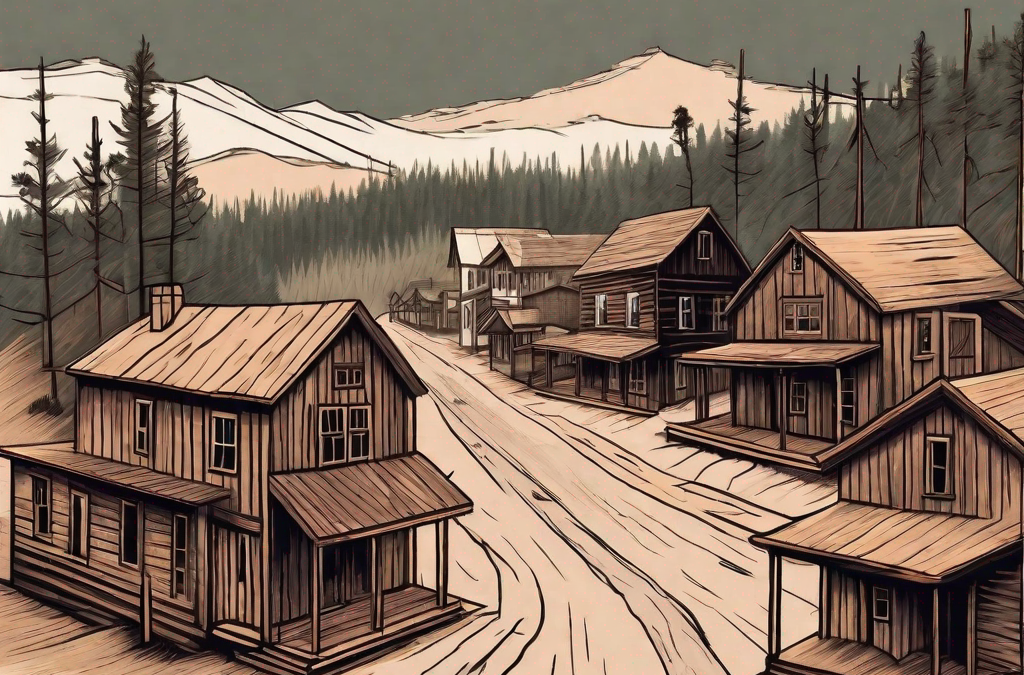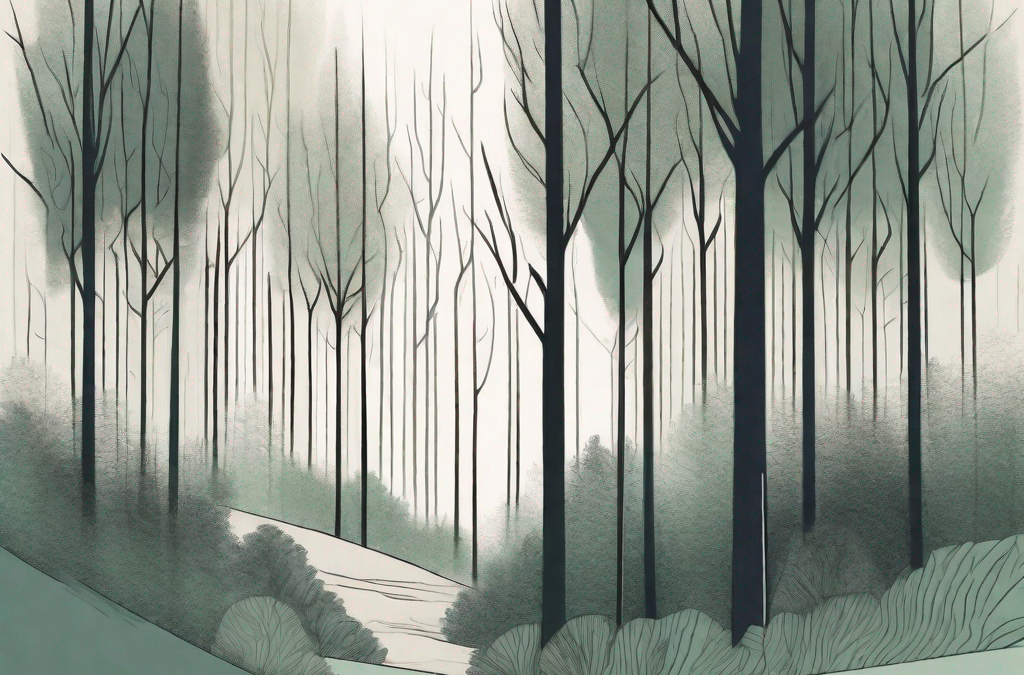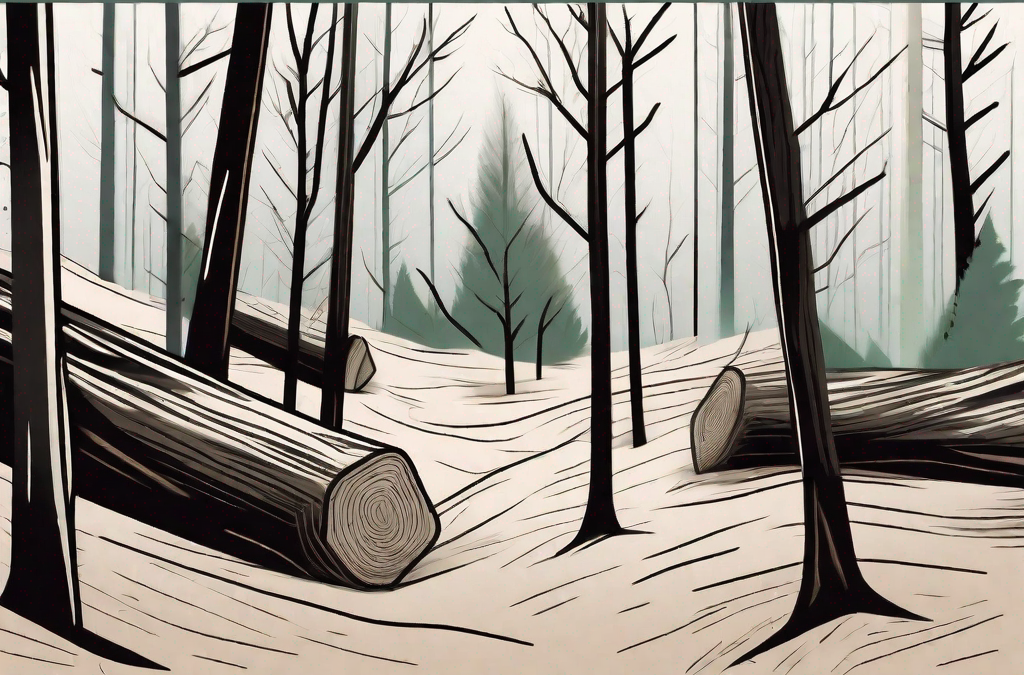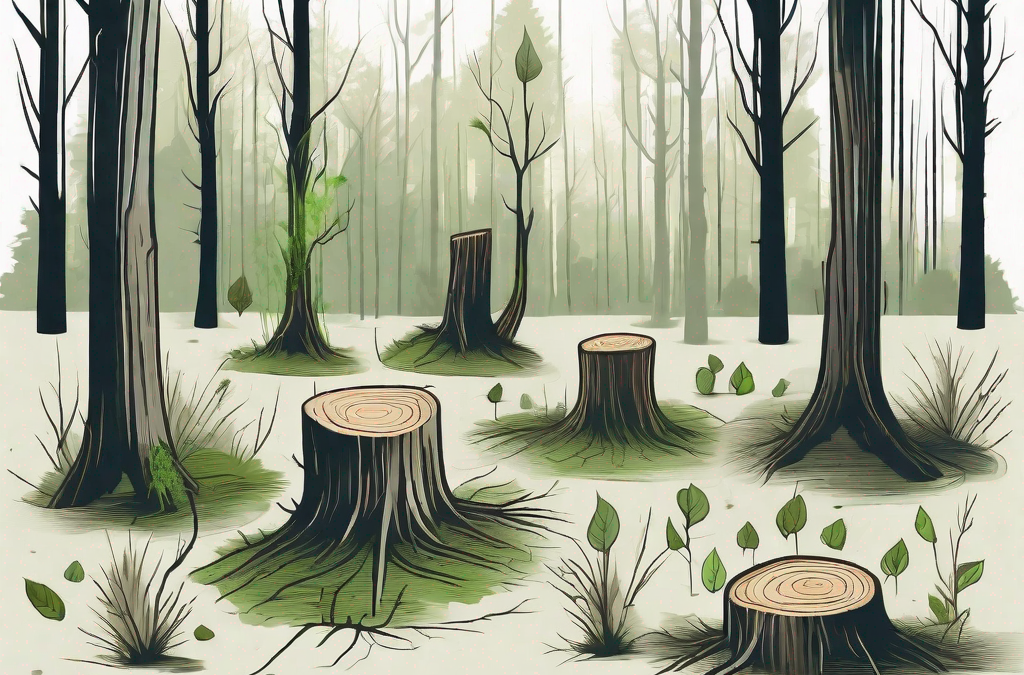
by admin | Apr 2, 2024 | Tree Surgery Glossary
In the context of tree surgery, the term ‘limb’ refers to the large primary branches that extend from the trunk of the tree. These limbs are essential components of the tree’s structure, providing support for the smaller branches, leaves, and fruit....

by admin | Apr 2, 2024 | Tree Surgery Glossary
The crown of a tree is a term used in tree surgery to refer to the top part of a tree, which includes its branches and leaves. It is a vital part of the tree’s anatomy, playing a crucial role in photosynthesis, growth, and reproduction. Understanding the crown...

by admin | Apr 2, 2024 | Tree Surgery Glossary
Deadwood is a term used in the field of tree surgery to refer to parts of a tree that have died off due to various reasons such as disease, lack of sunlight, or damage. These parts can include branches, twigs, or even sections of the trunk. Deadwood is a natural part...

by admin | Apr 2, 2024 | Tree Surgery Glossary
Thinning is a fundamental aspect of tree surgery that involves the selective removal of branches to increase light penetration and air movement through the crown of a tree. This process is crucial to the health and longevity of trees, as it helps to reduce the risk of...

by admin | Apr 2, 2024 | Tree Surgery Glossary
Windthrow, a term commonly used in the field of tree surgery and forestry, refers to the complete uprooting or significant displacement of trees due to the force of wind. This phenomenon is a natural part of forest dynamics, but it can also be a significant issue in...

by admin | Apr 2, 2024 | Tree Surgery Glossary
Coppicing, a traditional method of woodland management, involves the periodic cutting down of trees at the base, allowing them to regrow from the stump or “stool”. This technique has been practiced for centuries and is still in use today due to its...








Recent Comments